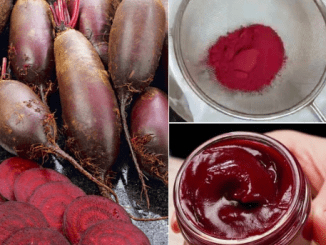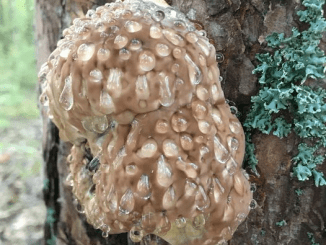Low blood pressure, also known as hypotension, occurs when blood pressure levels drop below 90/60 mmHg. While high blood pressure gets a lot of attention, low blood pressure can be just as dangerous, leading to dizziness, fainting, and even shock in severe cases.
Many people ignore the warning signs until they experience serious symptoms. Recognizing these early indicators can help prevent complications and improve your overall well-being.
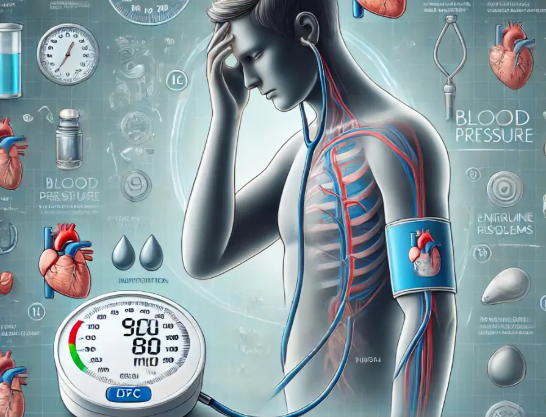
Common Signs of Low Blood Pressure
1. Dizziness and Lightheadedness
One of the first signs of low blood pressure is dizziness or lightheadedness, especially when standing up too quickly. This happens because blood doesn’t reach the brain fast enough, causing a temporary lack of oxygen.
2. Headache and Fatigue
Feeling constantly tired or experiencing frequent headaches? Low blood pressure reduces oxygen supply to the brain, leading to mental fog, exhaustion, and sluggishness.
3. Pale, Cold, and Clammy Skin
When blood pressure drops, the body redirects blood flow to vital organs, reducing circulation to the skin. This can cause paleness, cold hands and feet, and excessive sweating as the body struggles to regulate temperature.
4. Blurred Vision
Ever experienced sudden blurred vision or difficulty focusing? Hypotension can reduce blood flow to the eyes, making it harder to see clearly.
5. Nausea and Digestive Issues
A drop in blood pressure affects the digestive system, leading to nausea, vomiting, or stomach discomfort. This is because blood is diverted away from digestion, slowing down the process.
6. Rapid Heartbeat and Shallow Breathing
To compensate for low blood pressure, your heart may start beating faster, leading to palpitations and shallow breathing. This is the body’s attempt to push more oxygen to the brain and organs.
7. Fainting (Loss of Consciousness)
In severe cases, low blood pressure can cause fainting, leading to dangerous falls and injuries. If fainting is frequent or prolonged, seek medical attention immediately.
If you or someone you know experiences prolonged fainting, extreme weakness, or signs of shock (such as weak pulse, confusion, or cold skin), seek emergency medical help immediately.
How to Manage Low Blood Pressure Naturally
While some people naturally have low blood pressure, others may experience it due to dehydration, medical conditions, or medications. Here are effective ways to raise blood pressure safely and prevent symptoms.
1. Stay Hydrated
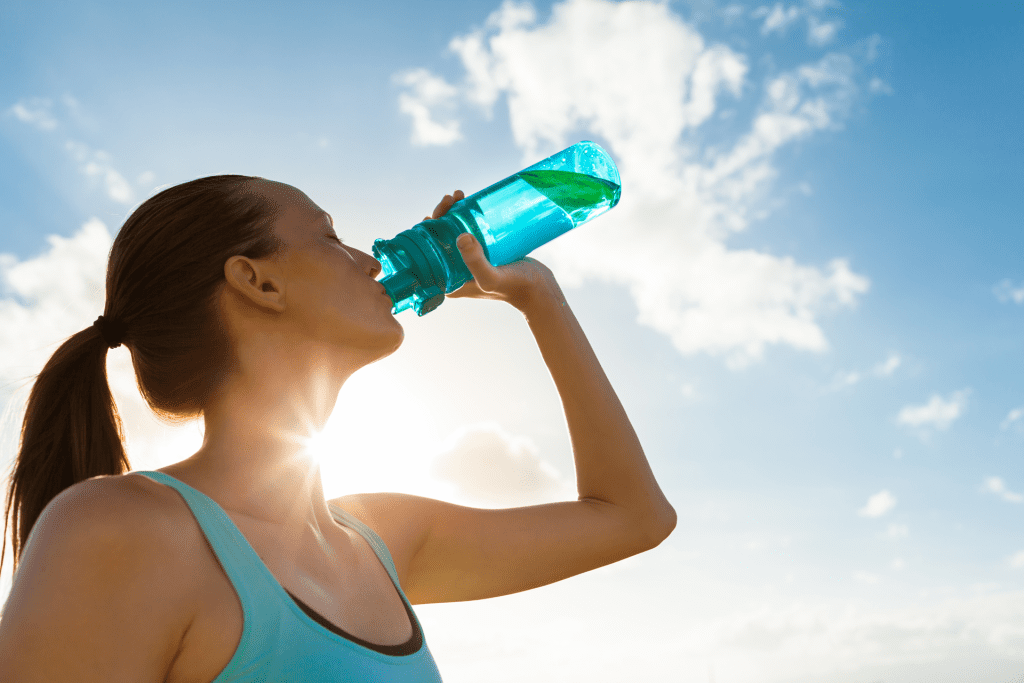
Dehydration can cause blood pressure to drop, so drinking enough fluids is crucial.
- Aim for 2-3 liters of water per day to maintain healthy circulation.
- If you feel lightheaded, drink a glass of water immediately.
- For added electrolytes, try saltwater, coconut water, or electrolyte solutions.
2. Increase Salt Intake (But in Moderation)
Salt helps retain water and raise blood pressure, but too much can strain the heart.
- Eat naturally salty foods like olives, cheese, and bone broth.
- Avoid processed junk foods—opt for healthy sodium sources instead.
- If your blood pressure is dangerously low, a small pinch of salt in water may help.
3. Eat Small, Frequent Meals
Skipping meals or eating high-carb foods can cause post-meal hypotension, where blood pressure drops after eating.
- Eat small, balanced meals throughout the day to maintain steady blood sugar levels.
- Avoid refined carbs like white bread and pasta, which can cause sudden blood pressure dips.
- Include protein, healthy fats, and fiber in your diet to stabilize energy levels.
4. Change Positions Slowly
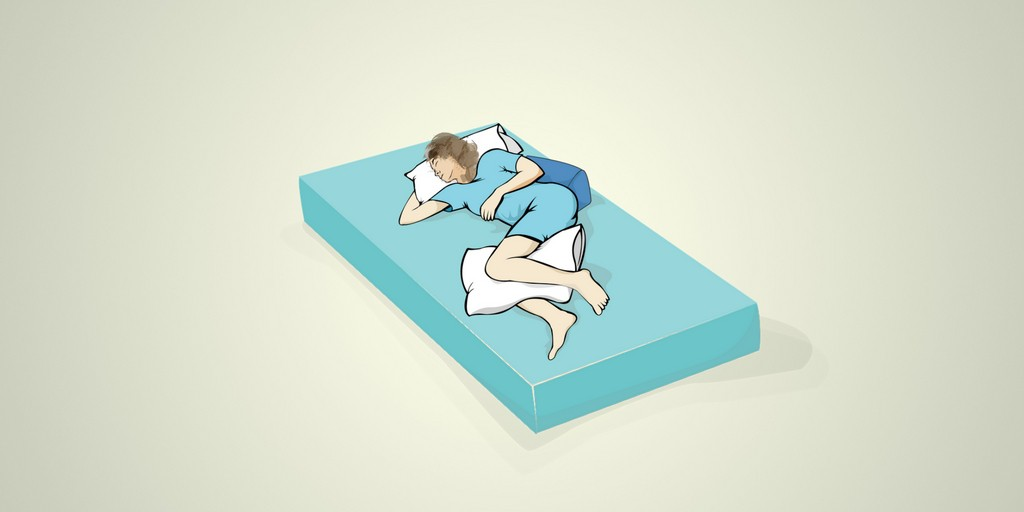
A sudden movement—like standing up too fast—can trigger dizziness and fainting due to a condition called orthostatic hypotension.
- Move slowly when getting up from bed or a chair.
- If you feel dizzy, sit or lie down immediately and elevate your legs.
5. Wear Compression Garments
Compression socks or stockings prevent blood from pooling in the legs, helping maintain circulation.
- These are especially useful if you stand for long periods or suffer from chronic hypotension.
- Consult a doctor before using them if you have circulation problems.
6. Limit Alcohol Intake
Alcohol expands blood vessels, causing blood pressure to drop, especially when consumed on an empty stomach.
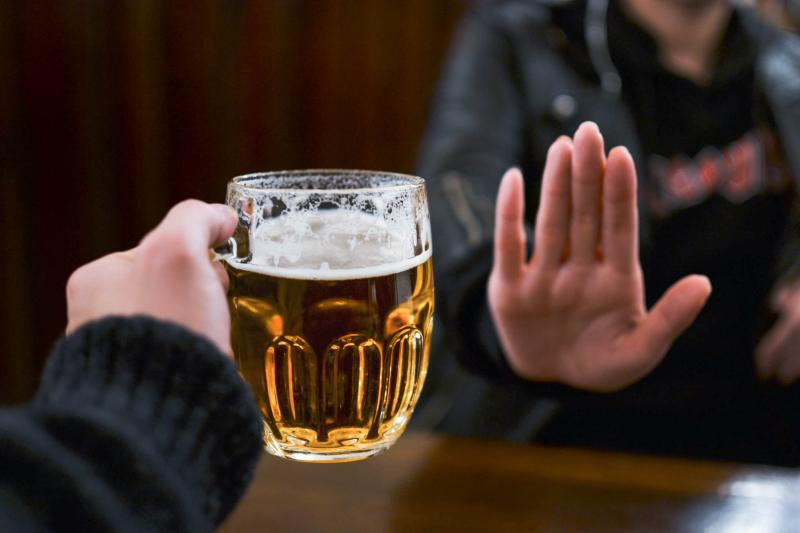
- If you drink, stick to moderate consumption and avoid alcohol before standing for long periods.
- Hydrate properly to prevent alcohol-related drops in blood pressure.
7. Engage in Light Physical Activity
Regular movement improves circulation and prevents dizziness. However, intense workouts can cause further dips in blood pressure.
- Try gentle exercises like walking, swimming, or yoga.
- Avoid sudden movements or standing in one position for too long.
- Listen to your body—if you feel lightheaded, take a break immediately.
8. Drink Coffee or Tea (In Moderation)
Caffeine acts as a temporary blood pressure booster by stimulating the nervous system.
- A cup of coffee, black tea, or green tea can provide a quick fix for sudden hypotension.
- Don’t rely on caffeine as a long-term solution—it can lead to dehydration and energy crashes.
Final Thoughts: Take Control of Your Blood Pressure
Low blood pressure might not seem as dangerous as hypertension, but ignoring the symptoms can lead to serious health risks. Recognizing early signs like dizziness, fainting, fatigue, and blurred vision can help you take action before it worsens.
By making simple lifestyle changes—staying hydrated, eating nutritious meals, moving carefully, and incorporating natural remedies—you can keep your blood pressure at a healthy level and prevent complications.
If you experience persistent low blood pressure or severe symptoms, consult a medical professional for proper evaluation and treatment. Your health is in your hands—start taking care of it today!
